When we think of concrete, we often think of something cold and utilitarian. However, polished concrete flooring is becoming increasingly popular in homes and businesses. Not only is it highly durable and easy to maintain, but it also adds a touch of elegance and sophistication to any space.
The versatility of Concrete Polishing Melbourne means it can be used in any setting, whether a modern loft or a traditional home. Its unique finish creates a sleek, contemporary look that is both chic and timeless.
The Rise of Polished Concrete: A Brief History
Polished concrete has emerged as a popular flooring choice. It blends aesthetics with durability in a unique and elegant manner.
The history of polished concrete dates back to ancient times, when civilisations like the Romans and Egyptians utilised it in their architectural marvels.
They discovered that by grinding and polishing concrete surfaces, they could achieve a smooth and shiny finish that enhanced the material’s visual appeal and durability.
In modern times, the popularity of polished concrete has surged due to its versatility and eco-friendly nature. Architects and designers have embraced this material for its ability to transform ordinary concrete floors into sleek and sophisticated surfaces that exude a sense of understated luxury.
With advancements in technology and techniques, polished concrete has evolved to offer various finishes, from matte to high-gloss, catering to various design preferences.
The rise of polished concrete can also be attributed to its sustainable qualities. It uses the existing concrete slab, minimising the need for additional materials. This eco-conscious approach has resonated with environmentally conscious consumers and businesses looking to reduce their carbon footprint.
As a result, polished concrete has become a symbol of modern design that seamlessly combines style, durability, and sustainability.
The Benefits of Polished Concrete Flooring
Polished concrete flooring offers many benefits that make it a popular choice for residential and commercial spaces. One of the critical advantages of polished concrete is its durability and longevity.
This flooring is incredibly tough and resistant to wear and tear, making it ideal for high-traffic areas.
Unlike other flooring options that may need frequent replacement or refinishing, polished concrete can last for many years with minimal maintenance.
In addition to its durability, polished concrete is known for its aesthetic appeal. Its sleek, modern look can elevate the design of any space, giving it a contemporary and sophisticated feel.
Its smooth surface reflects light, creating a bright, airy atmosphere that can make any room more spacious.
Another benefit of polished concrete flooring is its sustainability. By utilising the existing concrete slab as the finished floor surface, polished concrete eliminates the need for additional flooring materials such as carpets or tiles, reducing waste and environmental impact.
Additionally, polished concrete’s energy-saving properties, such as its ability to retain and radiate heat, can help lower energy costs over time.
Overall, the benefits of Concrete Polishing Melbourne make it a versatile and practical choice for various applications.
Whether you want to enhance your home’s aesthetic appeal or improve the functionality of a commercial space, polished concrete offers a durable, stylish, and eco-friendly flooring solution.
Versatility in Design: How Polished Concrete Elevates Any Space
Polished concrete is a design element that has transcended trends and time, offering a timeless elegance that can elevate any space. One of the critical attributes of polished concrete is its versatility in design. Whether you want a modern, industrial look or a more refined and sophisticated aesthetic, polished concrete can adapt to suit a wide range of design styles.
In contemporary interior design, polished concrete has become famous for its sleek and minimalist appeal. Its smooth, reflective surface adds a touch of sophistication to any space, making it a perfect fit for modern homes, offices, retail spaces, and more.
The neutral tones of polished concrete make it a versatile canvas for incorporating various colour schemes and decorative elements, allowing endless design possibilities.
Moreover, polished concrete can be customised to achieve different sheen levels, from a subtle matte finish to a high-gloss shine, depending on the desired aesthetic. This adaptability makes polished concrete versatile for creating a unique and personalised look in any space.
Whether used as flooring, countertops, accent walls, or furniture, polished concrete brings a sense of understated luxury and refinement to interior design. Its enduring appeal and ability to seamlessly blend with different design styles make it a timeless choice for enhancing the visual appeal of any space.
Sustainability and Durability: The Eco-Friendly Choice
Sustainability and durability have become key factors in decision-making regarding flooring options. Polished concrete stands out as an eco-friendly choice that offers a sleek, modern aesthetic and long-lasting durability.
One of the primary reasons why polished concrete is considered sustainable is its minimal environmental impact.
Unlike other flooring materials that require extensive manufacturing processes and harmful chemicals, polished concrete is typically made from locally sourced materials such as cement, aggregates, and water. This reduces the carbon footprint associated with transportation and production.
Furthermore, polished concrete’s durability makes it a sustainable choice in the long run. Its hard-wearing surface can withstand heavy foot traffic, making it ideal for residential and commercial spaces.
Unlike many other flooring options that may require frequent replacement or maintenance, polished concrete requires minimal upkeep, reducing waste and overall environmental impact.
By choosing polished concrete for your flooring needs, you are making a stylish design statement and contributing to a more sustainable future.
Its eco-friendly properties and long-lasting durability make it a smart choice for investing in a flooring solution that will stand the test of time.
The Process of Polishing Concrete: From Drab to Fab
Transforming concrete from a dull, rough surface to a sleek and elegant finish involves a meticulous process known as concrete polishing. This transformative journey takes concrete from drab to fab, creating a surface that exudes sophistication and durability.
The process begins with grinding the concrete surface using diamond tools to remove imperfections and achieve a smooth base. This initial step sets the foundation for polishing, ensuring a uniform and flawless finish.
Once the grinding is complete, the concrete is polished using a series of progressively finer grits to achieve the desired level of gloss and clarity. This meticulous polishing process brings out the concrete’s natural beauty, revealing a lustrous finish that elevates the space with a touch of elegance.
From industrial warehouses to contemporary homes, polished concrete has become famous for its aesthetic appeal and long-lasting durability. Polishing concrete transforms the material itself and enhances the overall ambience of a space, making it a timeless and versatile flooring option.
Maintaining the Luster: Tips for Caring for Polished Concrete Floors
Polished concrete floors are not only durable and aesthetically pleasing but also relatively low-maintenance compared to other flooring options. However, proper care and maintenance are essential to ensure they maintain their luster and longevity.
Regular cleaning is vital to preserving the shine of polished concrete floors. Sweep or vacuum the floors regularly to remove dirt and debris that can scratch the surface. Mopping with a mild detergent and warm water can help to keep the floors clean without damaging the finish.
Avoid using harsh chemicals or abrasive cleaning tools, as these can dull the surface of the concrete. Instead, opt for pH-neutral cleaners specifically designed for polished concrete floors. Additionally, a microfiber mop or cloth can help prevent streaking and maintain the floor’s shine.
Consider applying a sealant or wax every few years to protect the polished concrete from wear and tear. This will help enhance the floor’s resistance to stains and scratches and maintain its glossy finish.
By following these simple tips for caring for polished concrete floors, you can ensure they remain a stunning and durable flooring choice for years.
Polished Concrete in Interior Design: Inspiring Examples
Polished concrete has been making waves in interior design, bringing a touch of industrial chic and modern elegance to spaces. Its versatility and durability make it a popular choice for flooring in residential, commercial, and industrial settings.
Let’s explore some inspiring examples of how polished concrete can elevate the aesthetic appeal of any interior.
1. Minimalist Modernity:
In contemporary homes and apartments, polished concrete floors provide a sleek and minimalist backdrop that complements clean lines and modern furnishings. The smooth, glossy surface of polished concrete adds a touch of sophistication to the space, creating a seamless flow from room to room.
2. Industrial Charm:
Industrial-style interiors often feature exposed brick walls, metal fixtures, and polished concrete floors. The raw, urban look of polished concrete brings a sense of rugged charm to industrial spaces, creating an edgy and inviting unique ambience.
3. Loft Living:
Loft apartments are the perfect canvas for polished concrete floors with their open layouts and high ceilings. The polished concrete’s reflective surface enhances natural light, making the space feel bright and airy. Paired with contemporary furniture and eclectic decor, polished concrete floors add a touch of urban glamour to loft living.
4. Retail Elegance:
In retail settings, polished concrete floors create a chic and sophisticated ambience that showcases products beautifully. Whether in high-end boutiques or trendy cafes, polished concrete floors provide a stylish backdrop highlighting merchandise and enhancing the overall shopping experience.
5. Sustainable Style:
Polished concrete is not only aesthetically pleasing but also environmentally friendly. By repurposing existing concrete floors and using eco-friendly polishing techniques, designers can create sustainable interiors that reduce waste and minimise environmental impact.
From sleek modern interiors to rustic industrial spaces, polished concrete offers a timeless elegance that transcends trends. Its enduring legacy in interior design inspires designers and homeowners alike, showcasing the beauty and versatility of this versatile material.
Polished Concrete for Commercial Spaces: A Sleek and Functional Option
Polished concrete has emerged as a popular choice for commercial spaces. It offers a sleek and functional flooring option that blends elegance with practicality.
This versatile material provides a modern and sophisticated aesthetic and boasts durability and low maintenance requirements, making it ideal for high-traffic areas.
In commercial settings such as offices, retail stores, and restaurants, polished concrete offers a seamless and polished look that enhances the overall ambience of the space. Its smooth surface reflects light, creating a bright and inviting environment that can help elevate a business’s image.
Beyond its aesthetic appeal, polished concrete is a highly functional choice for commercial spaces. Its durability and resistance to stains, scratches, and wear make it well-suited for areas that experience heavy foot traffic or are prone to spills and messes.
Additionally, polished concrete is easy to clean and maintain, requiring minimal upkeep compared to other flooring options.
Overall, Concrete Polishing Melbourne provides a winning combination of style and functionality, making it a top choice for commercial spaces looking to achieve a modern, sophisticated look that will stand the test of time.
The Future of Polished Concrete
So, now the real question is
How long does polished concrete last?
The lifespan of polished concrete largely depends on various factors, such as the quality of the concrete, the level of maintenance, and the amount of foot traffic or wear and tear it experiences.
Generally, well-maintained polished concrete floors can sometimes last for decades, even up to 20 to 30 years or more.
With regular cleaning, occasional resealing, and proper care, polished concrete surfaces can maintain their aesthetic appeal and durability for a long time, making them a highly durable and cost-effective flooring option for residential and commercial spaces.
The future of polished concrete is bright, promising an exciting blend of innovation, sustainability, and creativity.
So, when it comes to its longevity, trust in Total Floor Service for unparalleled expertise and dedication to quality. Our durable solutions can withstand time, ensuring lasting beauty and functionality for years.



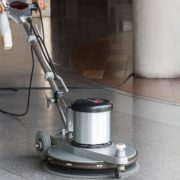
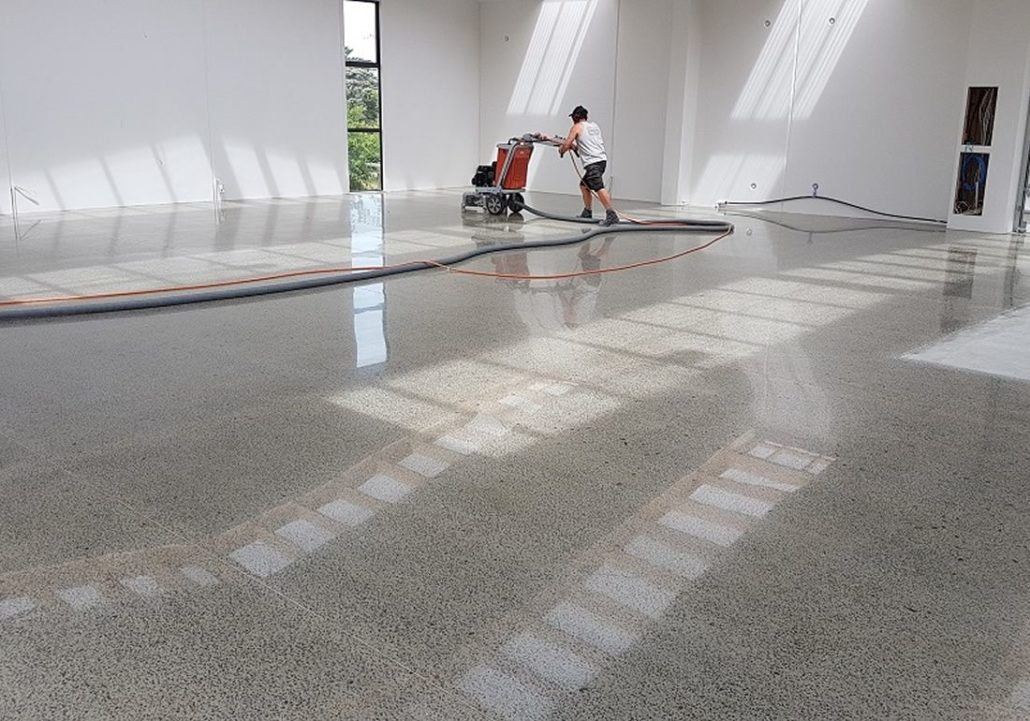
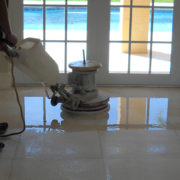
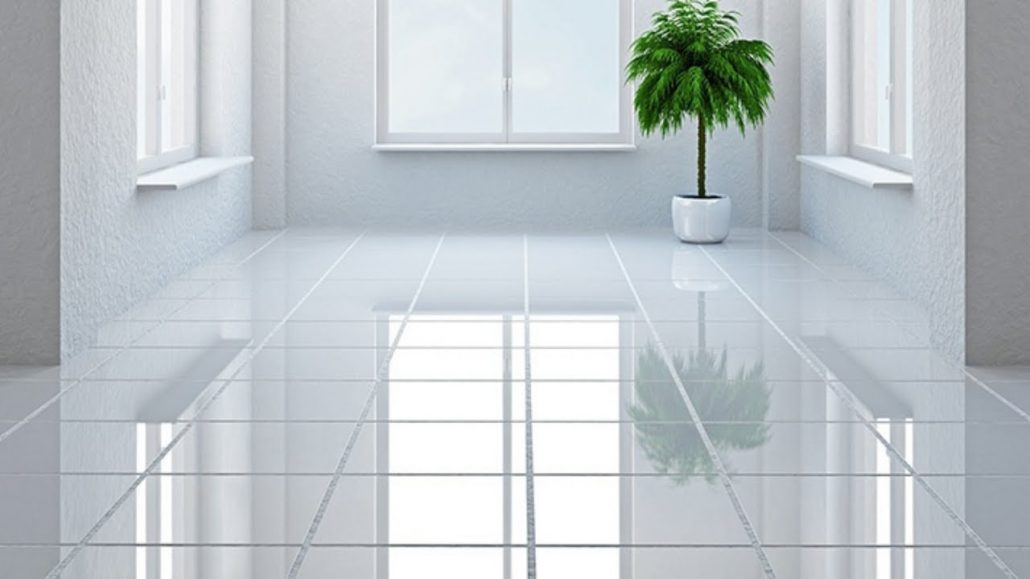
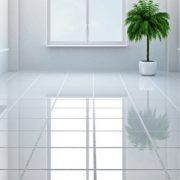
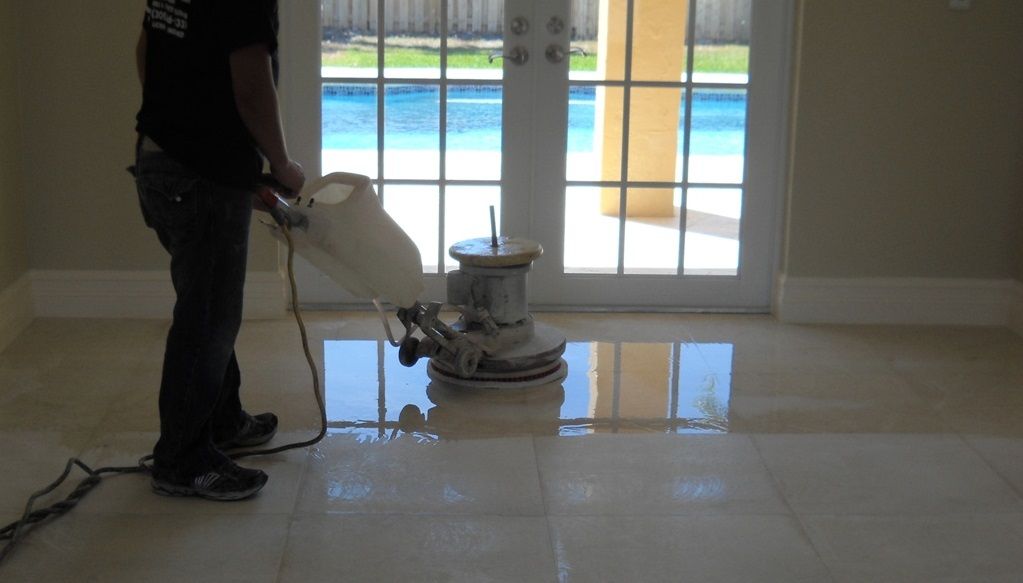

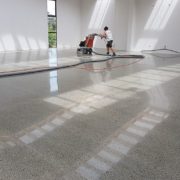
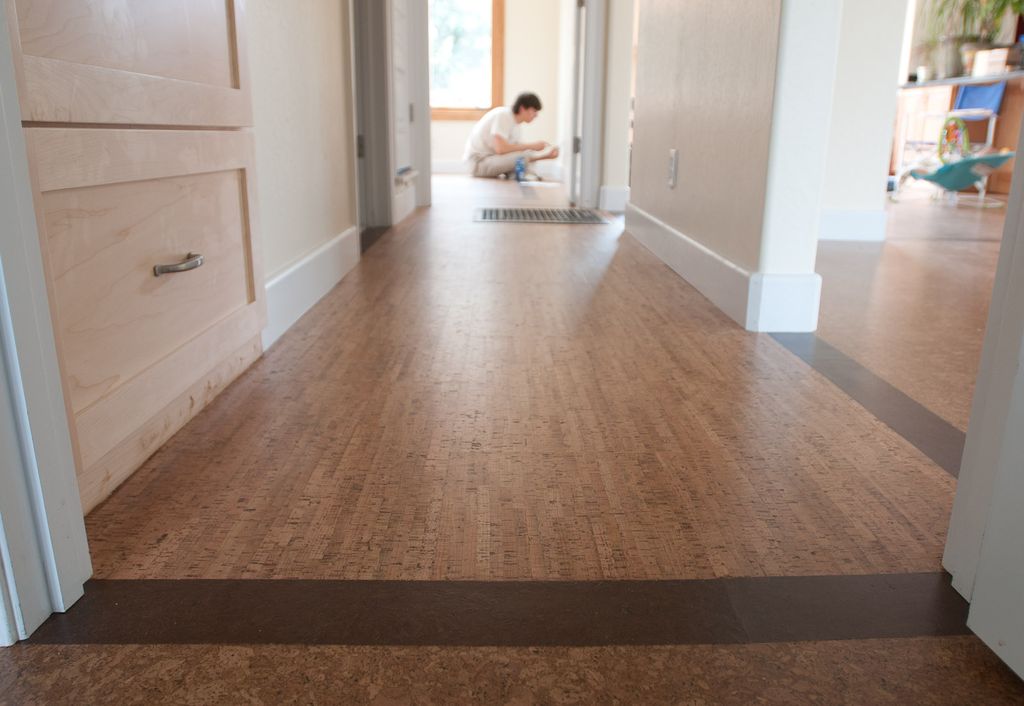
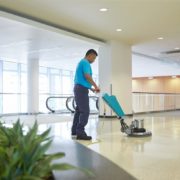
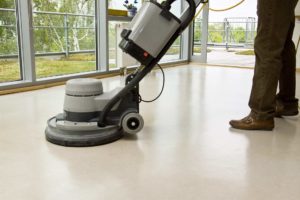

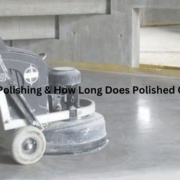
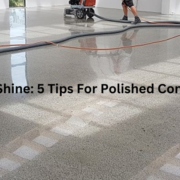
 Address:
Address:  Phone:
Phone:  ABN: 63 602 512 489
ABN: 63 602 512 489


